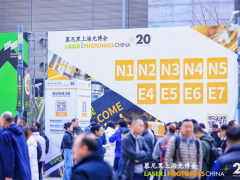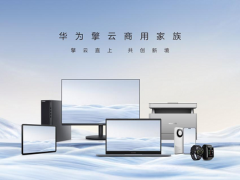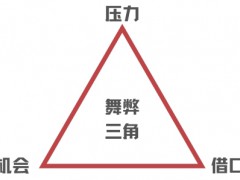據ICIS網站5月20日消息 陶氏公司的高管們表示,公司正在推進乙烷脫氫(EDH)和電裂解(e-cracking)技術,以期大幅降低現有裂解裝置的碳排放,并有一天建成未來的低碳到零碳裂解裝置。
陶氏碳氫化合物全球可持續發展總監Manav Lahoti在接受ICIS采訪時表示: “如果采用這兩種技術,可以降低40-50%的溫室氣體(GHG)排放。我們的計劃是……讓這些技術支撐我們的凈碳中和目標。”
并補充說:“我們正試圖盡快推進乙烷脫氫的發展,因為不僅公司內部對乙烯的興趣很高,而且市場上也需要有(低碳)技術,使乙烯在經濟上可行。”
陶氏計劃到2030年將凈年碳排放量減少500萬噸,比2020年的基準水平減少15%,到2050年實現碳中和,包括產品效益的影響。
王磊 摘譯自 ICIS
原文如下:
Dow advances EDH, e-cracking to lower carbon emissions – execs
Dow is advancing ethane dehydrogenation (EDH) and electric cracking (e-cracking) technologies in a bid to dramatically lower carbon emissions from existing crackers, and to one day build the low-to-zero carbon crackers of the future, executives said.
“If you look at both technologies, you can get 40-50% reductions in greenhouse gas (GHG) emissions [from each]. Our plan is to… get them to a point where they start supporting our net carbon neutrality goals,” said Manav Lahoti, global sustainability director for hydrocarbons for Dow, in an interview with ICIS.
“We’re trying to move as fast as we can in bringing EDH forward because there’s a high level of interest not only within the company but a need in the marketplace to have [low carbon] technologies that make ethylene economically viable,” he added.
Dow plans to cut net annual carbon emissions by 5m tonnes, or 15% by 2030 versus its 2020 baseline, with carbon neutrality achieved by 2050, including the impact of product benefits.
?
免責聲明:本網轉載自其它媒體的文章,目的在于弘揚石化精神,傳遞更多石化信息,并不代表本網贊同其觀點和對其真實性負責,在此我們謹向原作者和原媒體致以敬意。如果您認為本站文章侵犯了您的版權,請與我們聯系,我們將第一時間刪除。







